
Creatine is proven by science to boost athletic performance and muscle size. Yet there is some debate on how to best use it. Some athletes swear by a creatine loading phase, while others claim that too much creatine causes digestive upset and bloating.
Table of Contents
- So is a creatine loading phase necessary and should you be doing it?
- What is Creatine?
- What Does Creatine Do?
- Creatine Loading: What is it, how do you it, and what does it do?
- Question: How much water should I drink while loading creatine?
- Question: What are the benefits of taking creatine?
- Question: When is the best time to take creatine?
- Question: How much water do you mix creatine with?
- Question: Can I benefit from taking creatine if I am a vegetarian?
- Question: Does Creatine Help You Build Bigger Muscles?
- Question: Can women take creatine?
- Question: Should you be creatine loading, is it necessary?
- Question: How much creatine should I take?
- Question: Is it necessary to cycle creatine usage?
- Creatine loading: Safety and side effects.
- Creatine Loading: Summary
So is a creatine loading phase necessary and should you be doing it?
Well today you’re going to learn exactly what the creatine loading phase is, how to do it, and how to optimally use creatine for maximum results.
You will also learn about some proven alternatives that you can do instead of following a creatine loading period.
In fact, if you want to reap the benefits of a loading phase without having to overdose on creatine, you can start right now with CRE8N-MX superlative creatine matrix.
I will also be answering to a ton of other questions, such as;
- When should I take creatine?
- How much creatine should you take per day?
- Should you cycle creatine?
- How much water to drink with creatine?
- Can women take creatine?
And more.
let's get started.
To save you time, you can also use the table of contents to fast track to a specific question or particular section.
What is Creatine?

Creatine is a naturally occurring compound that is produced endogenously by the human body, with metabolism predominantly being in the Liver and kidneys.
Creatine is synthesised from the amino acids glycine, arginine, and methionine, however small amounts of creatine can be absorbed from eating meat and animal protein sources.
It has the empirical formula of C4H9N3O2 and because every creatine molecule has both an NH2 (amine) and COO2 (acid) functional group, it is classified in chemistry as an amino acid.
Nevertheless creatine is not proteinogenic and is therfore not included into any peptide sequences that are incorporated into skeletal muscle tissue. Instead of being assimilated into muscle proteins, creatine is used to generate ATP (Adenosine Tri-Phosphate).
Learn more > BCAAs and EAAs: An Ultimate Guide To Amino Acid Supplements
What Does Creatine Do?

Creatine is stored within your muscles as creatine phosphate (Pcr), where it is used to help generate adenosine tri-phosphate (ATP). ATP is the fundamental energy source for every cell in your body.
Each one of your cells needs energy, and on a cellular level, energy is supplied via ATP. For example, every time your muscles contract to do work, they use ATP.
Muscle stores of creatine phosphate donate their phosphate groups to low energy (oxidised) adenosine di-phosphate molecules (ADP). High energy (reduced) molecules of ATP are then generated in this process.
So you might be thinking, I get my energy from the food I eat, what do I need creatine for?
Of course you would be correct in thinking so, however, ATP is synthesised from the oxidation of acetyl-CoA which is derived from the food you eat.
Proteins fats and carbohydrates that fuel your body ultimately do so by being metabolised into ATP. You could say that ATP is the cellular energy currency of your body.
Thus creatine (via stored creatine phosphate) facilitates the transport of high energy phosphate groups, from your muscle cells mitochondria to your muscle fibers (actin and myosin sliding myofibrils)
Therefore creatine promotes ATP production, which boosts your energy and ability to do work along with increasing muscle contractile force.
Simply put, more ATP means more energy, more muscle power, and more performance!
Cool Fact: (For the Tech Savy!)
Creatine is a zwitterion (chem). This is because creatine’s molecular structure has two functional groups with polar opposite electrical charges.
However, the overall molecular electrical charge is neutral because the opposing polar charges of the functional groups balance each other out.
A zwitterion is not to be confused with an amphoteric compound, which is distinctly different. An amphoteric compound may react as either a base or an acid, but can only form either a cationic or anionic species. A zwitterion on the other-hand holds both cationic and anionic states simultaneously.
Creatine Loading: What is it, how do you it, and what does it do?
The creatine loading phase is typically run for 5-7 days whereby a dose of 5 grams of creatine monohydrate is taken 4 times a day (20 grams per day). The aim of the creatine loading phase is to super-saturate your muscles with creatine.
Once the creatine monohydrate loading phase is complete, a maintenance dose is followed; this is usually between 5-10 grams of creatine monohydrate per day.
Question: How much water should I drink while loading creatine?
During a creatine loading phase I would suggest drinking an extra litre of pure water per day.
In order to maximise the creatine loading phase it is important to drink more water. This is because creatine is an osmolyte and draws fluid in to the muscle cell, increasing the cells volume.
The higher the concentration of muscle phosphocreatine (Pcr) stores, the higher the volume of intra-muscular fluid. It is for this reason that it is quite common for an athlete to gain a few extra pounds in bodyweight after loading up with creatine monohydrate. This is known as lean mass.
Drinking extra water during a creatine loading phase will help maximise creatine uptake.
Creatine Myth: Contrary to popular belief, creatine does not affect fluid distribution or dehydration. It does not draw water from the blood (or anywhere else) and store it in your muscles. Creatine actually improves hydration.
Delta-Mynd sleep supplement - your best days start with a good night's sleep
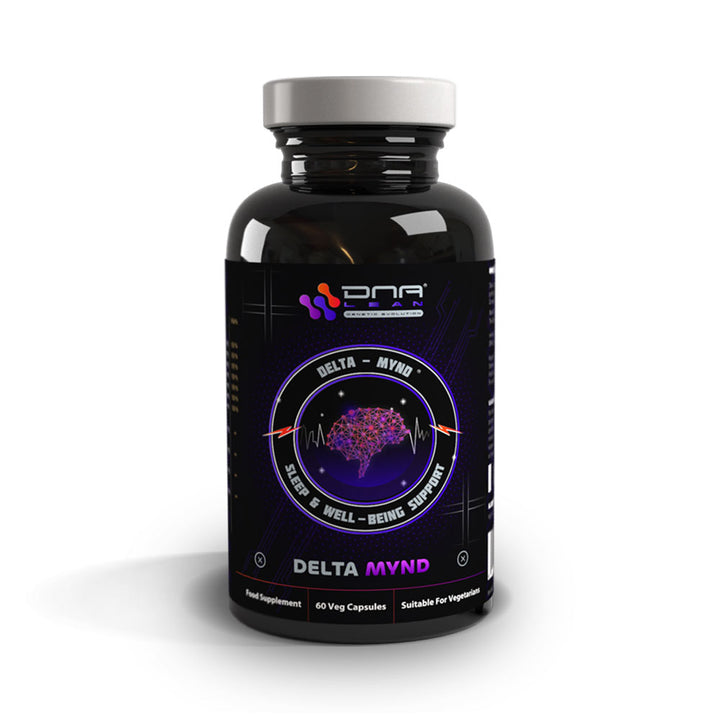
£29.99
£31.99
Delta-Mynd is a brand-new natural sleep support supplement, crafted from 11 well-documented natural ingredients. If you struggle to get a good night’s sleep, wake up intermittently, feel tired in the morning, or simply want to improve your sleep quality, Delta-Mynd… Read More
Question: What are the benefits of taking creatine?
Increased energy levels, increased strength, hypertrophy and increased recovery (1).
After intense physical exercise, ATP stores become depleted. Creatine phosphate then donates phosphate groups which are used to synthesise ATP from ADP (adenosine di-phosphate), thus speeding recovery and boosting energy levels.
Question: When should I take creatine?
You can supplement with creatine at any time of day.
Nevertheless the most optimum time to consume not just creatine, but glutamine and BCAAs/EAAs, is either directly before, during, or after a workout.
For example, one huge reason why you are guaranteed to get better results consuming creatine while you are performing your workout, is due to a process known as hyperaemia (an excess of blood in the vessels supplying an organ or other part of the body).
During exercise the physical demands on the muscles increases, and in order to keep up with the workload skeletal muscles need more oxygen and more nutrients to facilitate this demand.
Consequently, as an adaptive response, extra oxygen and nutrients are supplied via an increase in blood-flow directed to the muscle(s) that are working (2).
An increase in exercise-induced blood-flow to skeletal muscles, creates a window of opportunity to enrich and perhaps even saturate the muscle cells with anabolic and energy generatining nutrients, such as creatine.
Pro Tip: To force feed your muscles with creatine and speed up creatine uptake, try sipping on a serving of CRE8N-MX during training.
If you take advantage of this window of opportunity you’re quickly going to get a boost in ATP right there and then, when you most need it (during your workout).
An increase in ATP is going to jack up your strength, energy, performance, and speed up recovery.
The next time you are working out, follow this powerful tip and I guarantee that you will be surprised at the results.
Question: How much water do you mix creatine with?
Creatine monohydrate is only slightly soluble in water; approximately 1 gram of creatine monohydrate will dissolve in 75 ml of water at room temperature (3).
Therefore for a single dose of 5 grams of creatine monohydrate, a minimum volume of 375 ml of water would be required.
Personally, I would suggest using 500ml of water for a 5 gram dose. This is because 375ml is the minimum amount of water you would need to get the solubility, with an extra 125 ml of water I guarantee that it will dissolve quicker and more efficiently.
Afterall who wants to be waiting minutes on end swirling creatine around your shaker waiting of it to dissolve?!
Question: Can I benefit from taking creatine if I am a vegetarian?
Yes, absolutely.
Supplementing with creatine is a definite MUST if you are a vegetarian or vegan athlete. Simply put, although a vegan diet is highly nutrient dense, plant-based foods pretty much contain zero creatine.
Question: Does Creatine Help You Build Bigger Muscles?
Yes.
Although creatine is an amino acid, it isn’t proteinogenic and does not participate in myofibrillar hypertrophy. Simply put, creatine isn’t included into the contractile protein elements of skeletal muscle and therefore does not increase muscle protein mass.
It does however elicit sarcoplasmic hypertrophy, thereby increasing extra cellular muscle volume (cell volumisation) and thus muscle size.
Following a creatine loading phase your muscle cells become super-saturated with creatine and fluids. This results in an increase in the volume and hence size, of your muscle cells.
Furthermore, creatine is also known to enhance training adaptations which implies that it may indirectly improve myofibrillar hypertrophy.
LEARN MORE > Hypertrophy: What Type of Training Stimulates Muscle Growth?
Question: Can women take creatine?
Yes.
The landslide majority of clinical and in vivo studies have been done on men; there isn’t a significant amount of data on the use of creatine and women. Nevertheless the creatine phosphate/ATP system is the same for both men and women.
Therefore women can also benefit from creatine supplementation (4). In fact creatine use is extremely popular in womens sprinting. Creatine isn’t on any banned substances list and works great for boosting explosive strength.
If you are a woman who is considering taking creatine, don’t worry! It’s not going to make you “manly”, look like a bodybuilder, or make you gain a ton of weight.
Question: Should you be creatine loading, is it necessary?
It depends; this is not a hard and fast rule.
An athlete will usually consume between 100 – 140 grams of creatine monohydrate during a typical creatine loading phase.
For example, according to a recent review on creatine supplementation and exercise performance, an average 70 kg young male has a creatine pool of around 120-140g (5).
The 140 grams of creatine used to load is approximately the same amount of the total creatine stored in an average 70 kilogram male! Now that is a lot of creatine!
Needless to say, smashing down a ton of creatine monohydrate for a whole week is definitely going to increase creatine muscle stores, but is this method a costly case of overkill?
Is it possible to conquer you goals in a more affordable way?
Let’s look at another study which indicated that it is possible to achieve creatine muscle saturation by consuming only 3 grams of creatine per day over a period of 28 days (6).
Therefore, using a lower dose of creatine can still work, although if you want to hit a PB within a set deadline, creatine loading is going to give you that competitive-edge quicker.
Question: How much creatine should I take?
To date there is no one single best absolute number or ratio.
However a good guide would be to use between 0.2 grams - 0.3 grams of creatine per kilogram of bodyweight when creatine loading.
Studies show that the creatine content of muscle tissue is around 2 grams per kilogram of bodyweight. For example, the study I mentioned earlier; review on creatine supplementation and exercise performance concluded that an average 70 kg male has a creatine pool of around 120-140g.
Assuming the upper figure of 140 grams to be true, that would equate to exactly 2 grams per kilogram of body weight.
Based on this figure you can calculate how much creatine to use during a loading phase. I would recommend using 0.2 grams per kilogram of body weight, per day. Divide this dose into 4 separate servings and use at even intervals throughout the day.
To get the absolute most out of your creatine load be sure to take one of the doses either before, during, or post workout.
After you have completed the creatine loading phase, drop down to a quarter dose of your loading phase.
Here is what this would look like for a 100 kilogram athlete:
- Daily creatine loading dose: 20 grams
- Daily creatine maintenance dose: 5 grams
Of course you can experiment with a higher dose of 0.3 grams of creatine per kilogram of bodyweight, but I would personally recommend starting off at the lower dose. You can always go higher if needed.
Creatine dosing considerations
It's important to note, the more lean muscle mass you have the more creatine you can store in your muscles, and vice versa. If you are thinking about calculating your creatine dose based on bodyweight, you need to be realistic and consider just how much lean mass you have.
Body fat doesn’t store creatine!
Take home thoughts
In order to super saturate creatine muscle stores you are going to have to consume a significantly higher daily intake that what is ordinarily supplied through dietary means. If you have a sensitive stomach, perhaps loading isn't for you.
Question: Is it necessary to cycle creatine usage?
It depends – there are a few considerations.
First off, there is no evidence to suggest that cycling on and off creatine is more effective than its continuous use.
If you use a lower dose of creatine and don’t run a loading phase, or if you supplement with a creatine complex such as CRE8N-MX and only consume on training days – you won’t need to cycle your supplementation. Period!
However if you do run a creatine loading phase followed by a maintenance dose, I would suggest cycling usage as follows:
- Week1: Creatine Load (5 grams taken 4 times a day)
- Weeks 2-8: Maintenance dose (5 grams daily, preferably during training)
- Weeks 9-12: Off-cycle (no creatine whatsoever)
- Repeat.
As previosly discussed, you can calculate your own creatine dosage based on bodyweight. However, for most people the above regime should be sufficient.
Creatine loading: Safety and side effects.
CRE8N-MX® The Superlative Creatine Supplement
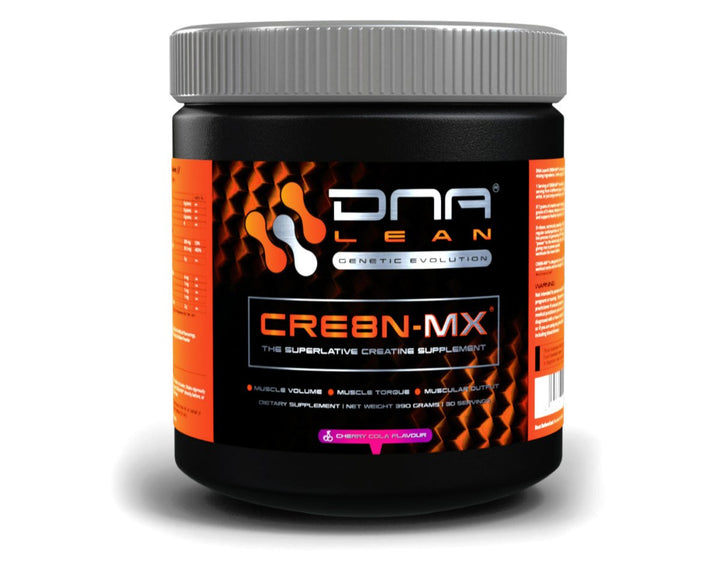
£29.99
£34.99
DNA Lean® CRE8N-MX® is an exciting new and innovative creatine supplement designed to rapidly boost strength capacity, exercise-performance, and skeletal muscle mass. If you want to reap all of the power-packed benefits of creatine monohydrate, without the risk of an… Read More
Question: Is creatine safe to take?
Yes, creatine is perfectly safe to take.
There is literally tons of data that has been published from medical studies that document the use and safety of creatine. For example even the International Society of Sports Nutrition regard creatine as being “extremely safe” (7).
Despite all the evidence-based data along with millions of healthy world-wide creatine users, some people still make crazy claims about creatine being bad for you. It has even been said that creatine is a steroid and that it will make your hair fall out.
These claims are completely unfounded and untrue.
Don’t listen to the naysayers, creatine is proven to work and this best-selling sports supplement is approved safe for human consumption by all governing bodies, including the food standards agency (FSA) and the UK’s medicines and healthcare regulatory association (MHRA).
LEARN MORE > Be limitless: An Ultimate Guide To Nootropics (NEW RESEARCH)
Question: Does taking creatine have side effects?
There are certain associated side-effects of creatine loading, usually when it is over-dosed. You can take too much.
Have you ever noticed a pile of white creatine powder left at the bottom of your shaker after downing a serving of creatine monohydrate? This is frighteningly wasteful! The reason for this is because the solubility of creatine monohydrate is not that great.
On rare occasion people can experience stomach pains and/or diarrhoea during a creatine loading phase.
As those power-packed micronized grains of undissolved creatine monohydrate work their way through your digestive system and intestinal tract, they can have an osmotic effect. Attracting water in the wrong place and thus having a laxative effect, which depending on the dose can cause diarrhoea.
However, this is more common when single doses of 10 grams or more are taken all at once and when the creatine is not taken with enough water to properly and fully dissolve the powder.
If you find that you experience any side effects like this, simply back off the dose, or, ditch the loading phase.
Pro Tip: Adhere to a 5 gram serving and use enough water to ensure that all of the creatine powder has dissolved.
Alternatively, use a rapid dissolving creatine formula such as CRE8N-MX, (NO LOADING REQUIRED).
Question: Can Creatine damage your kidneys?
No.
Creatine is perfectly safe to use in healthy adults with healthy and normal kidney function.
In order for creatine to be absorbed by the body and stored in muscle tissue, it has to first be metabolised into phosphocreatine (creatine phosphate). This process yields a by-product metabolite called creatinine.
Kidney health is usually measured by considering blood levels of creatinine along with glomerular filtration rate (GFR). It is generally recognised that the higher the blood levels of creatinine, the more reduced the function of the kidneys.
Supplementing with creatine especially during a loading phase can artificially elevate blood serum levels of creatinine. Needless to say this does NOT mean that kidney function is reduced.
However if you do suffer from chronic kidney disease or any other form of kidney dysfunction, it is not recommended that you supplement with creatine for the above reasons (8).
Creatine Loading: Summary
Ultimately all creatine regardless of the type you ingest is stored in the form of creatine phosphate. However the absorption, solubility and the effectiveness of all creatines are not the same.
Creatine monohydrate the first king of creatine is the most studied form of creatine on the market and is the back-bone of all good creatine supplements, it genuinely works.
However, solubility on the other-hand is entirely a different issue and it can cause digestive upset in certain individuals with higher creatine sensitivity.
If you are one of these individuals, ditch the loading phase and opt for a lower maintenance dose, or switch to a more complete creatine product such as CRE8N-MX that has superior absorption.
The Bottom Line
Either way, if you are an athlete working hard to achieve your best, you can’t afford not to supplement with creatine. If you are a vegan or vegetarian, you stand to gain even more from supplementing with creatine.
If you have never tried it, you should – it’s surprisingly good.
So now it’s your turn, what is your favourite way to use creatine? Have you tried any of the tips in this guide?
Scientific Reference Data:
- Creatine supplementation with specific view to exercise/sports performance: an update
https://www.ncbi.nlm.nih.gov/pmc/articles/PMC3407788/ - Regulation of Increased Blood Flow (Hyperemia) to Muscles During Exercise: A Hierarchy of Competing Physiological Needs
https://www.ncbi.nlm.nih.gov/pmc/articles/PMC4551211/ - Creatine
https://pubchem.ncbi.nlm.nih.gov/compound/Creatine - Creatine for women: a review of the relationship between creatine and the reproductive cycle and female-specific benefits of creatine therapy.
https://www.ncbi.nlm.nih.gov/pubmed/26898548 - Creatine supplementation and exercise performance: recent findings.
https://www.ncbi.nlm.nih.gov/pubmed/15707376 - Muscle creatine loading in men.
https://www.ncbi.nlm.nih.gov/pubmed/8828669 - International Society of Sports Nutrition position stand: safety and efficacy of creatine supplementation in exercise, sport, and medicine
https://www.ncbi.nlm.nih.gov/pmc/articles/PMC5469049/ - Studies on the safety of creatine supplementation.
https://www.ncbi.nlm.nih.gov/pubmed/21399917


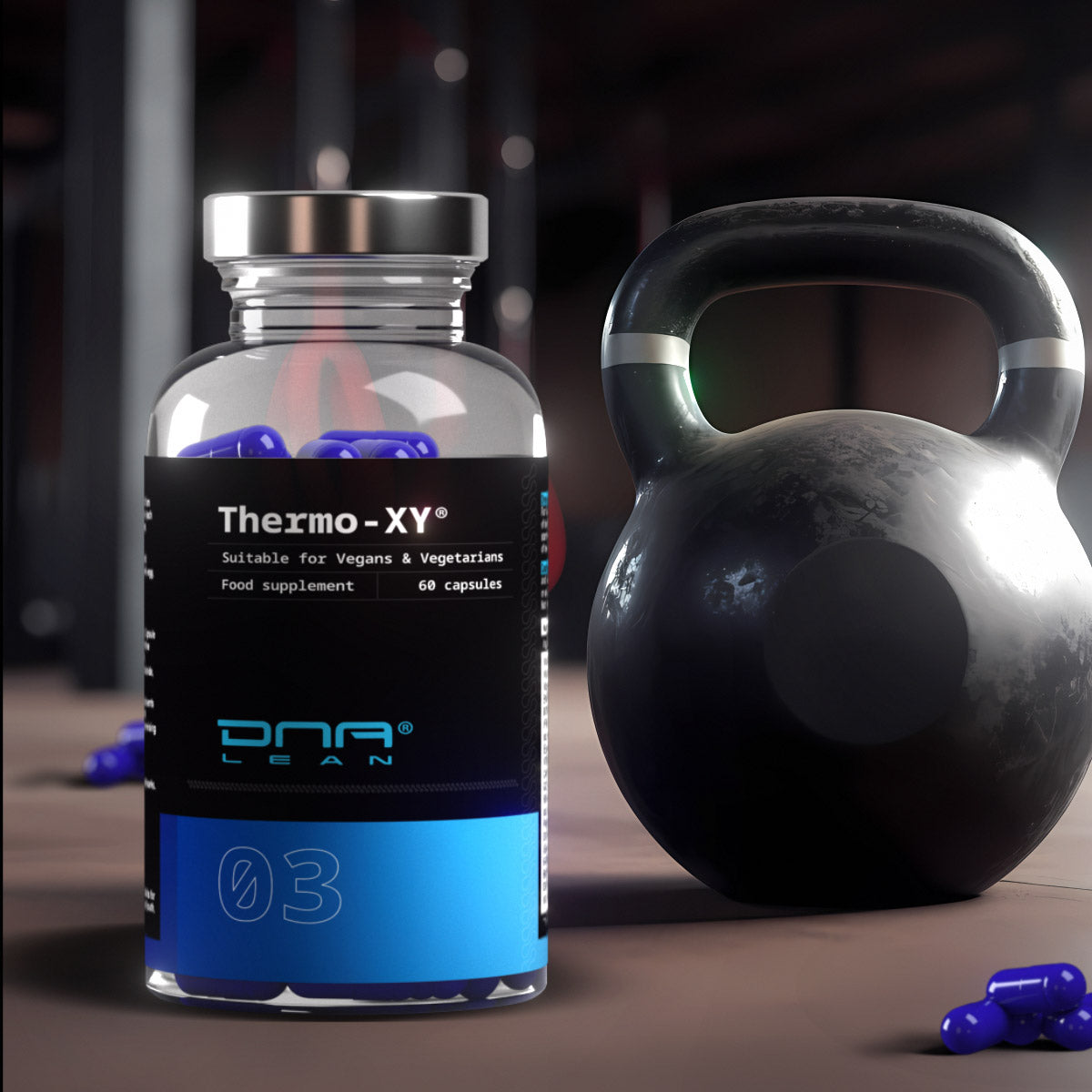
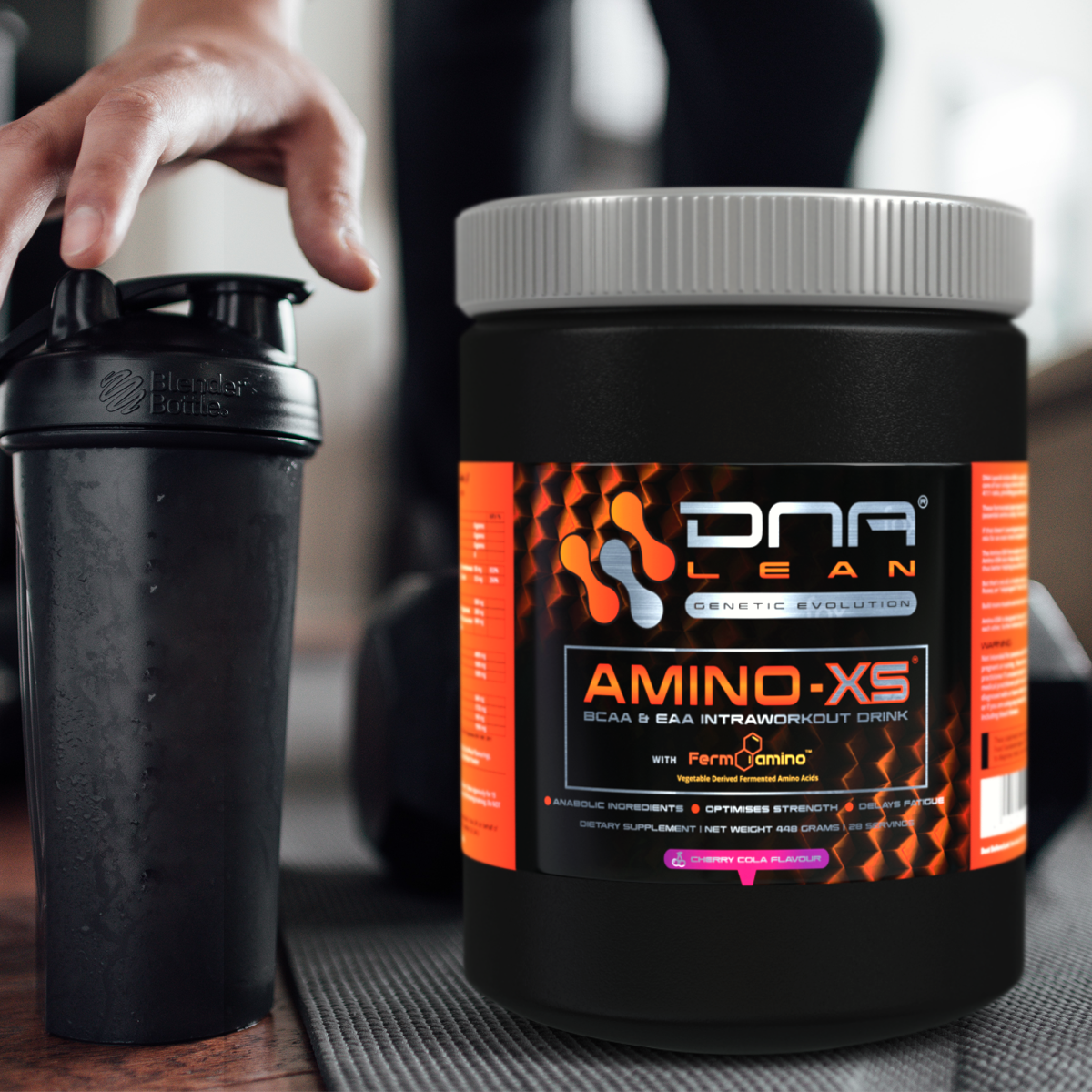
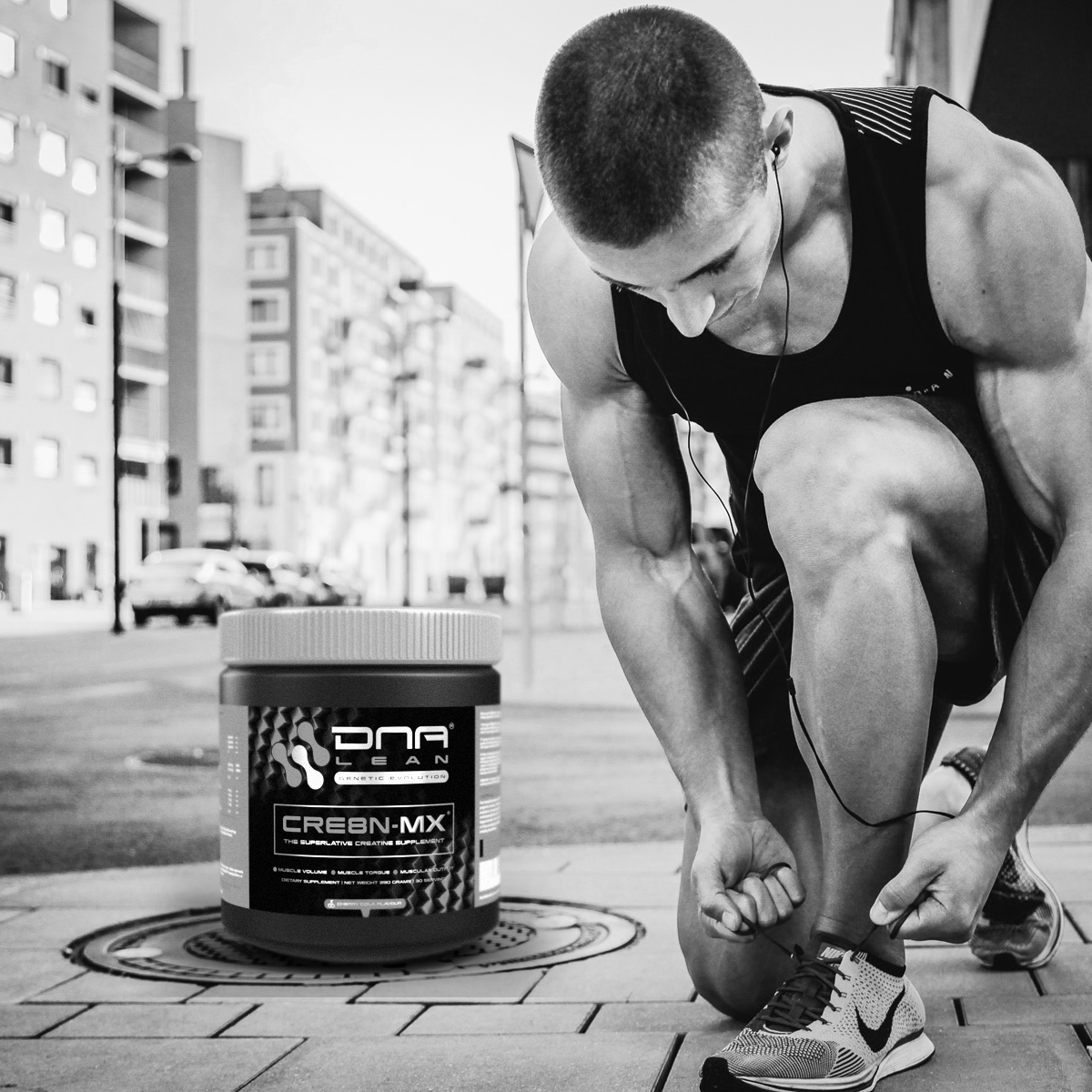
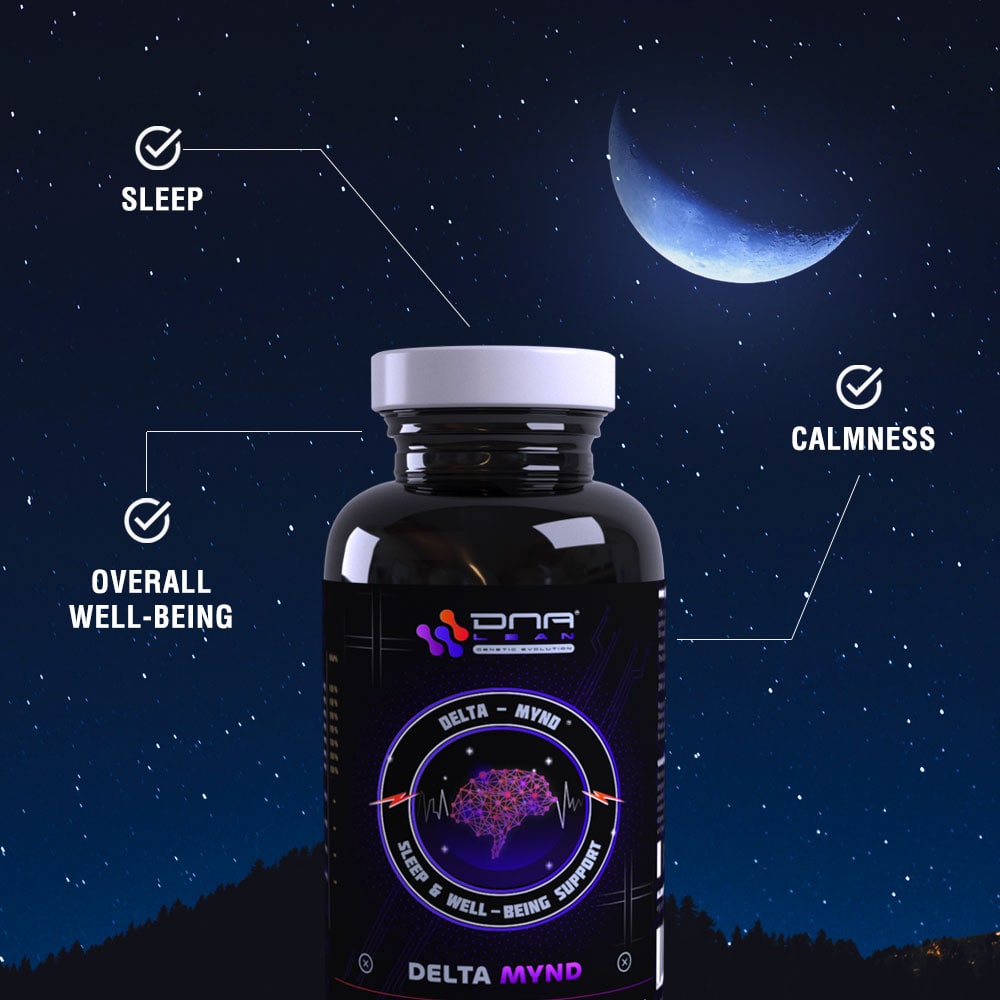
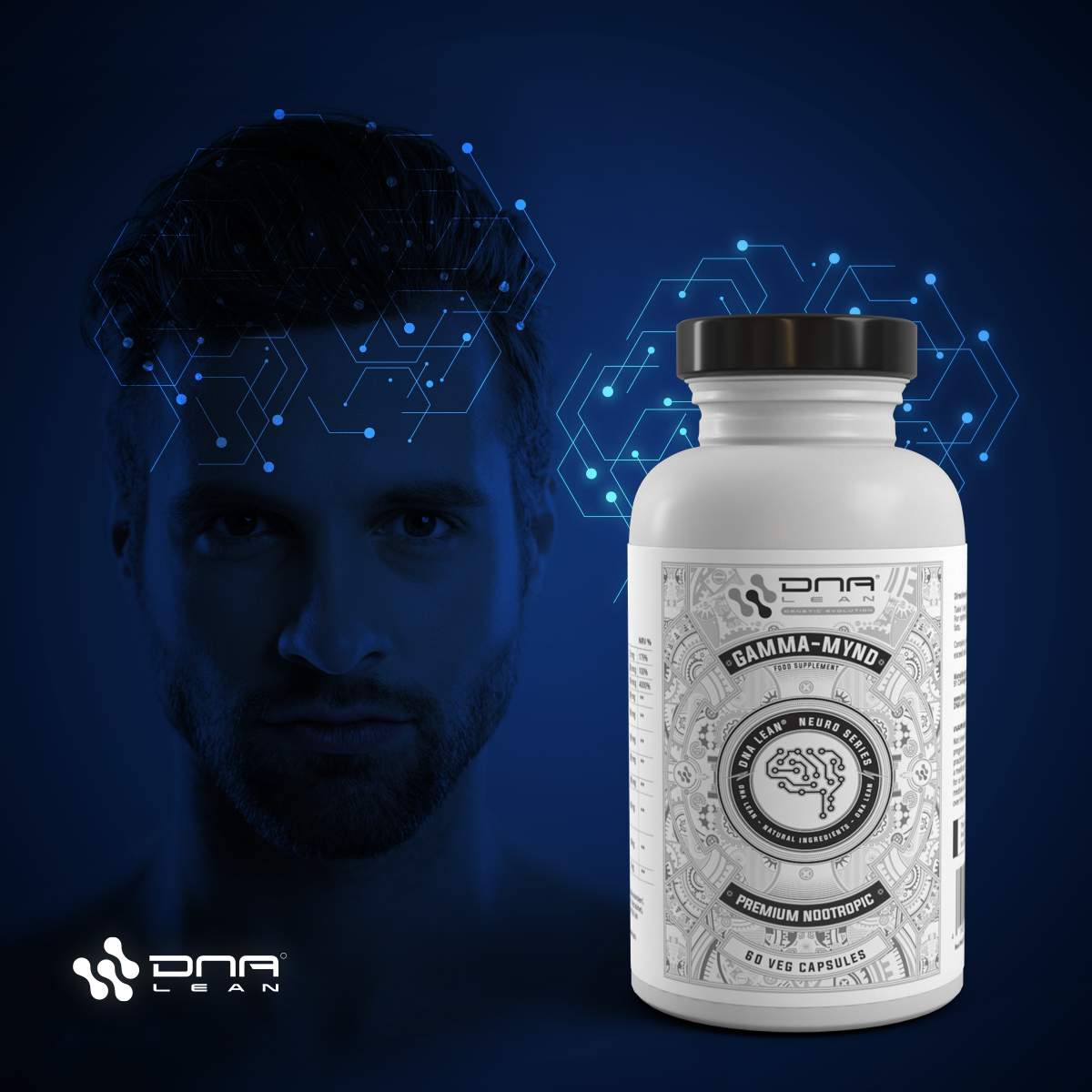
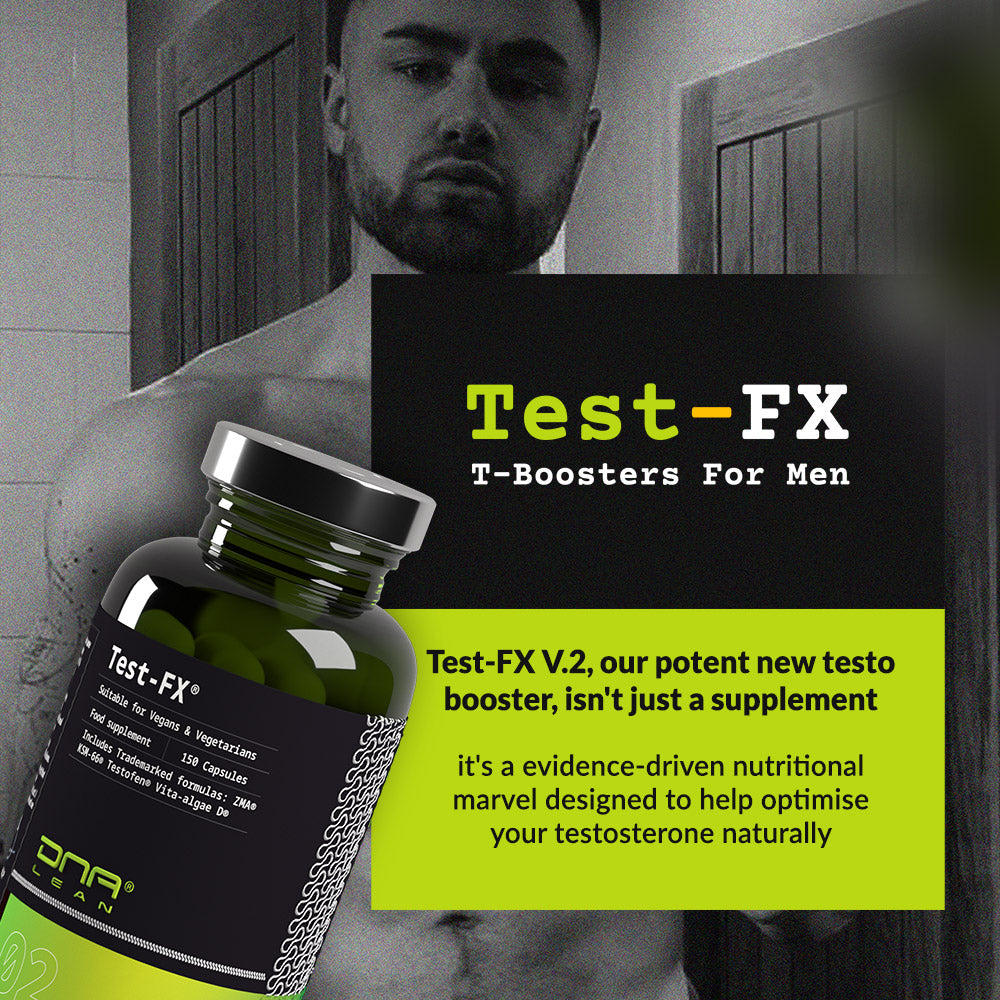
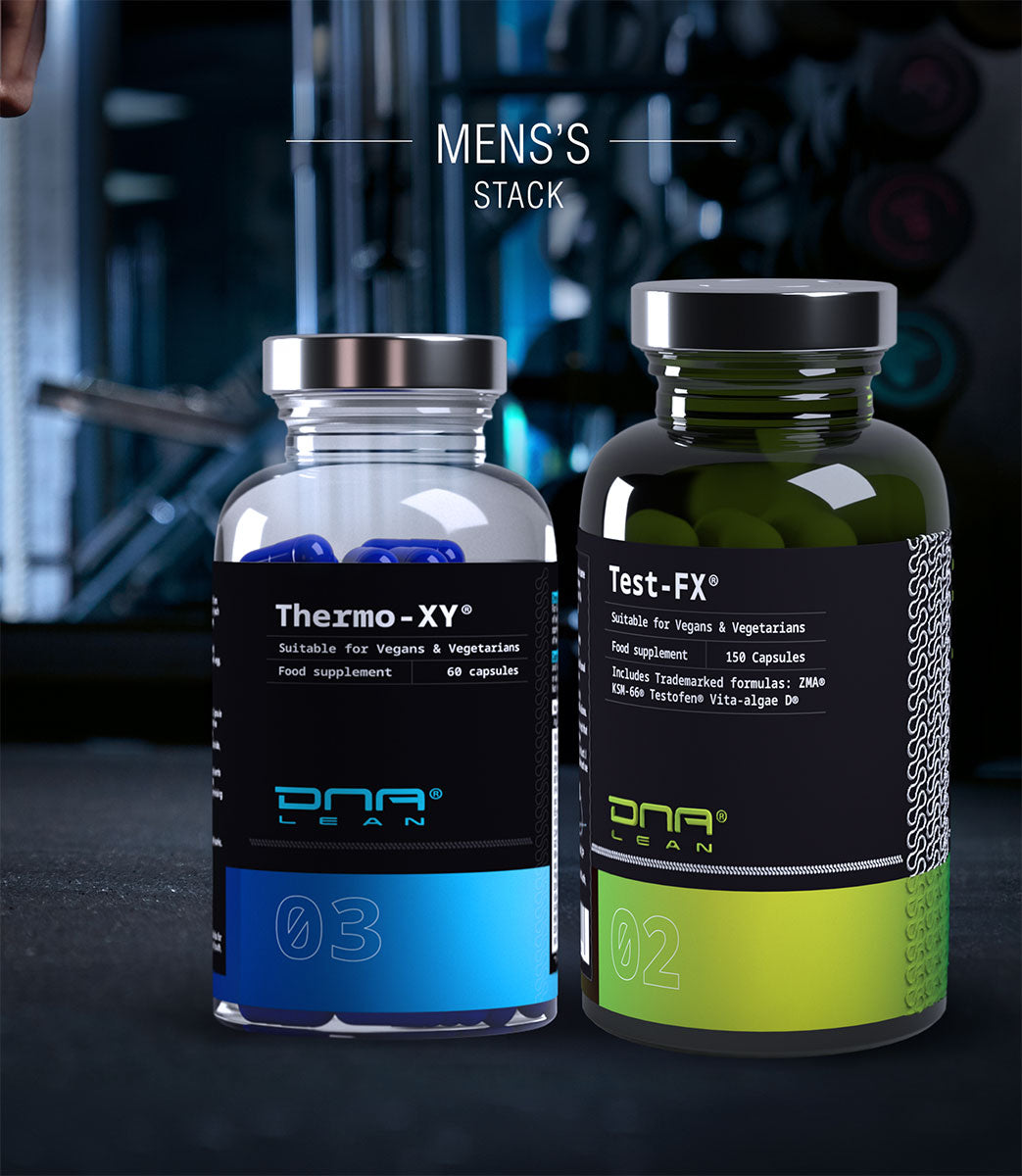
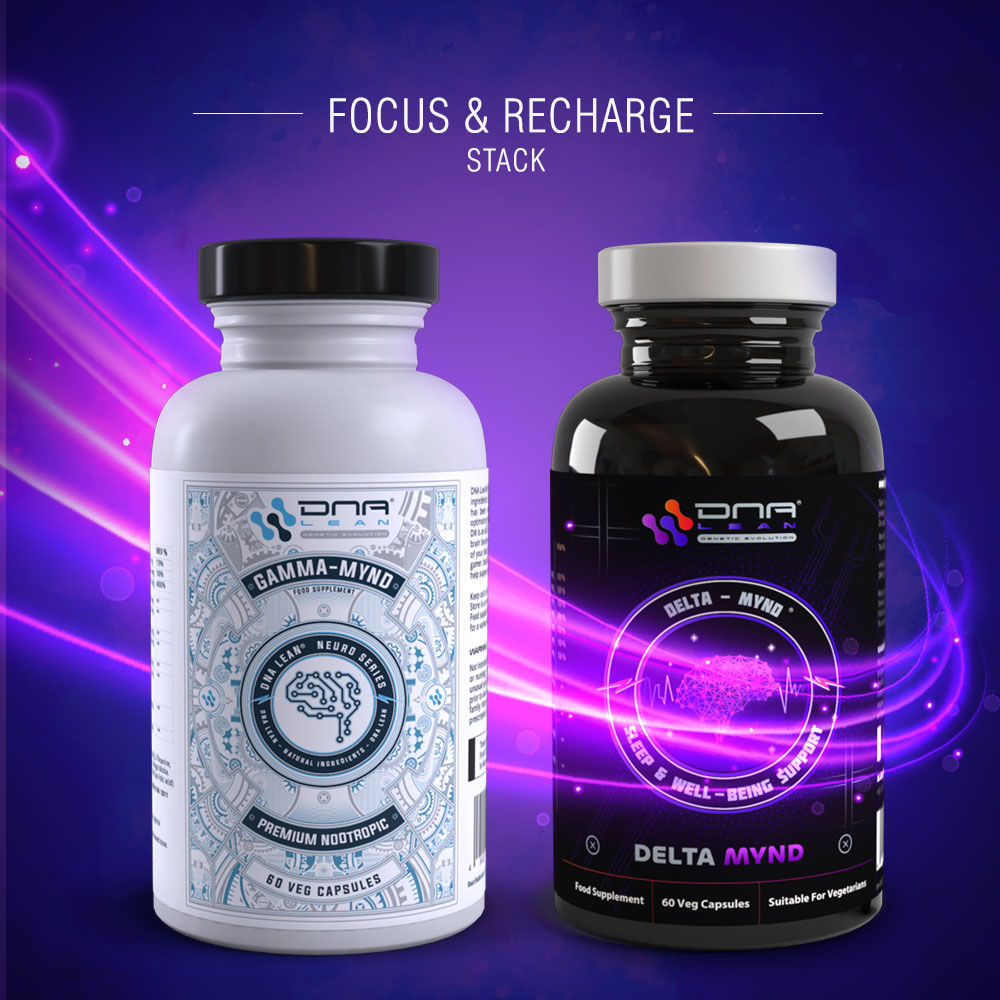
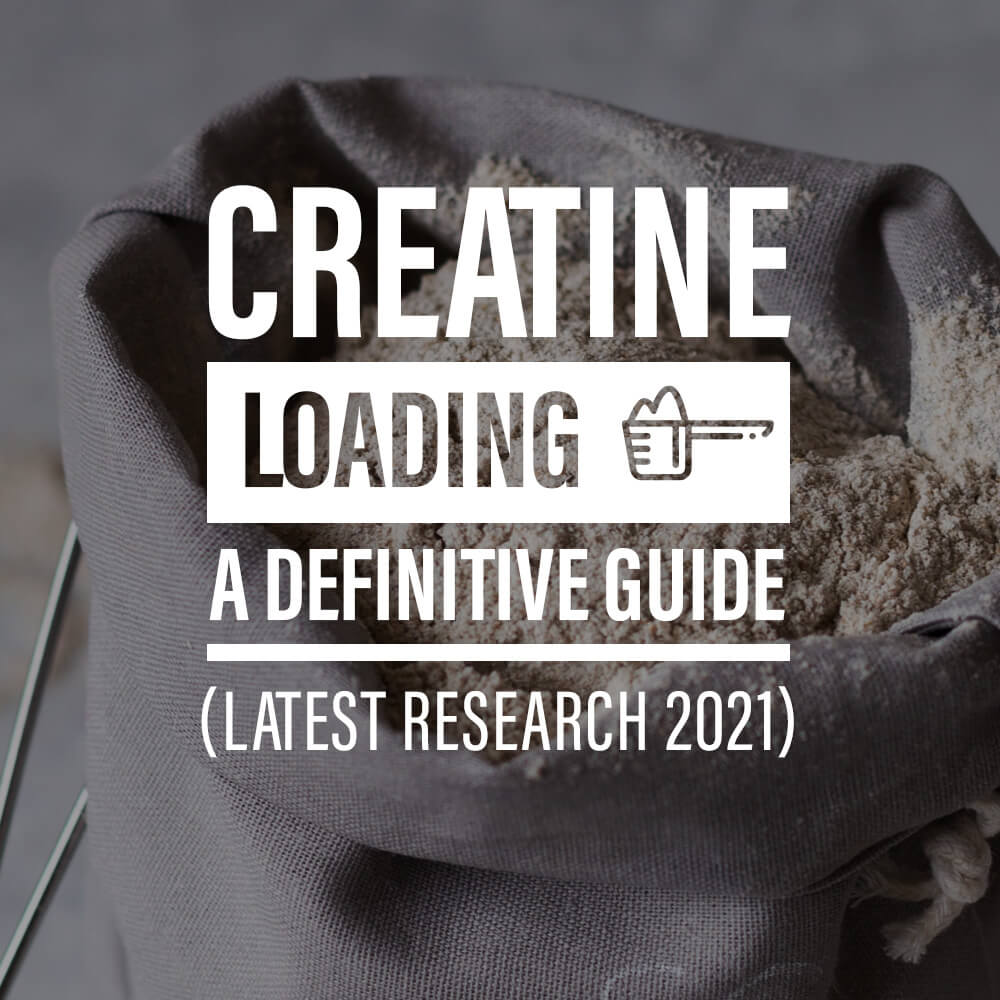




 USD
USD
 EUR
EUR